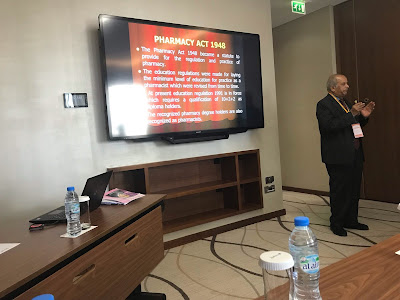ME Conferences takes a lot of privilege to welcome all the scholars and researchers from all around the world to expatiate about their respective scientific research at 2nd World Congress on Bioorganic and Medicinal Chemistry which is CPD accredited.
2nd World Congress on Bioorganic and Medicinal Chemistry scheduled on November 22-23, 2019 Dubai, UAE goes with the theme Shaping the Future of Bioorganic and Medicinal Chemistry. Bioorganic Medicinal 2019 is an international event focusing on the core knowledge and major advances in the ever-expanding field of Bioorganic and Medicinal Chemistry by attracting experts on a global scale. It is a global platform to discuss the innovative researches and developments in the Bioorganic and Medicinal Chemistry. It is a golden opportunity to meet eminent personalities and to learn the latest technological advancements.
The distinctive features of the conference includes
· Agro Chemistry
· Analytical Chemistry
· Biological Drug Targets
· Bioorganic Chemistry
· Chemical Biology
· Combinatorial Chemistry
· Computational Chemistry
· Drug Discovery, Design and Development
· Environmental Chemistry
· Food Chemistry
· Green Chemistry
· Molecular Biology
· Nanochemistry
· Organic Chemistry
· Pharmaceutical Chemistry
· Pharmacokinetics & Pharmacodynamics
For more details visit our website
If you want to be a part of this esteemed event drop a mail at bioorganicmedicinalchemistry@gmail.com















